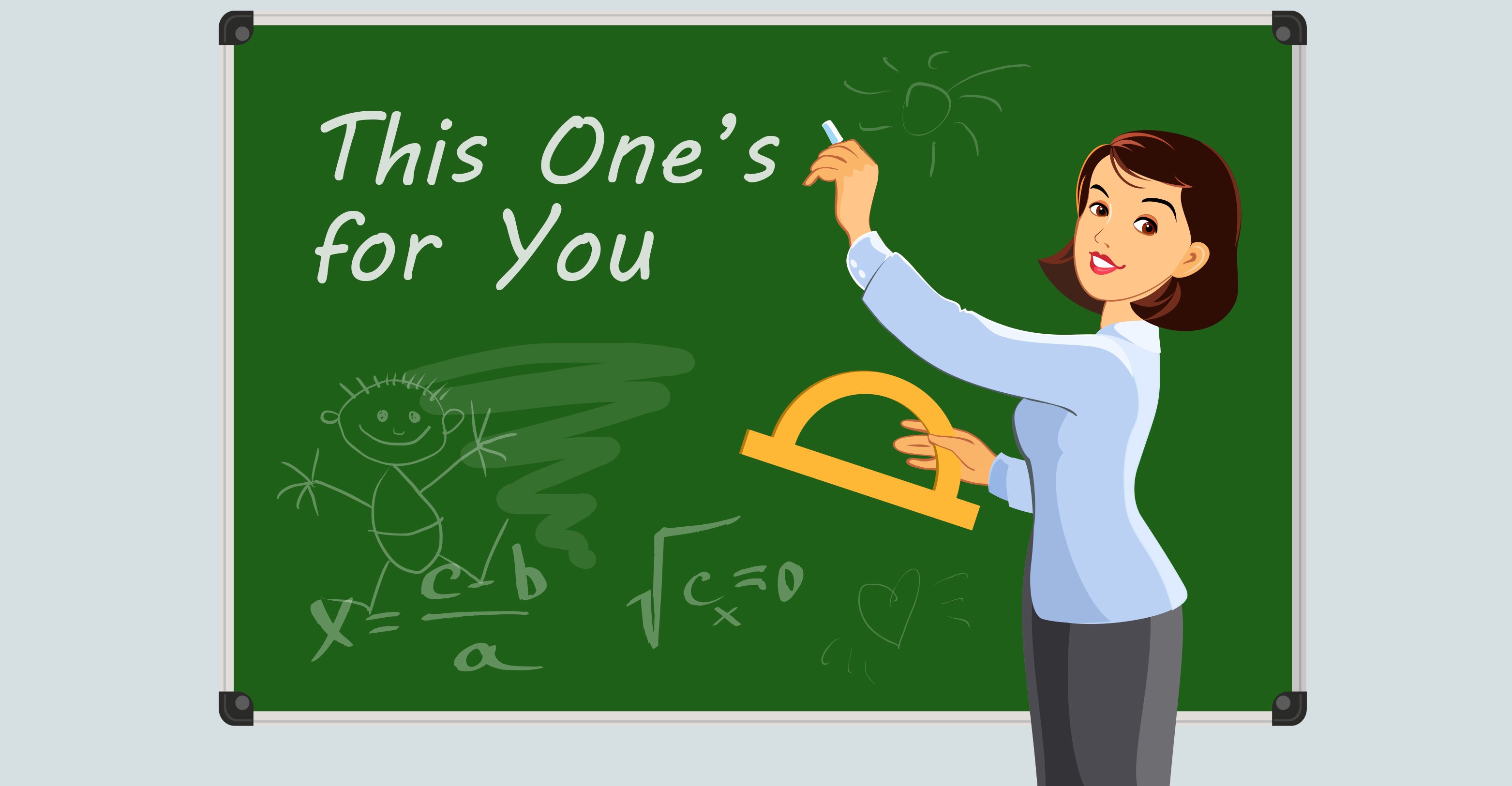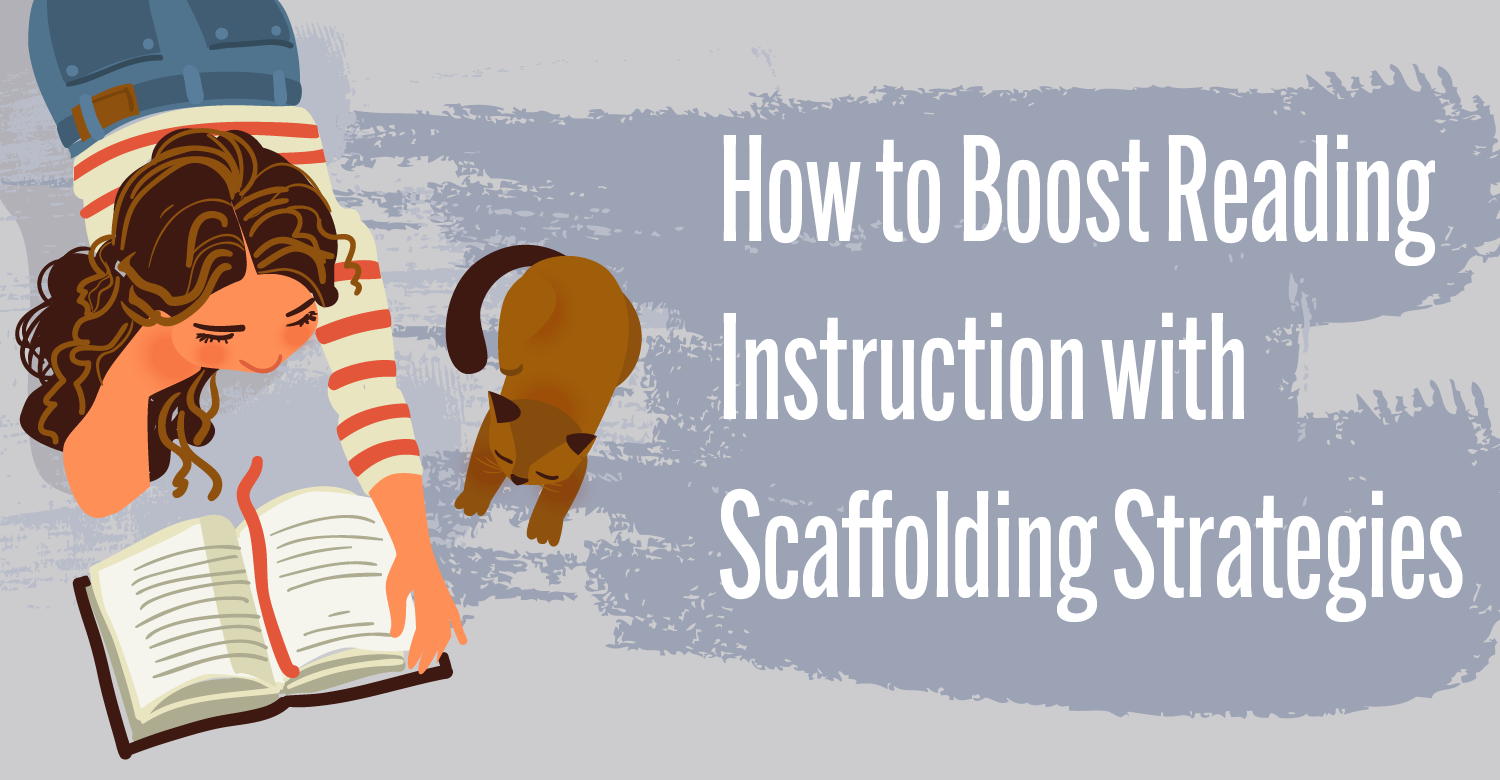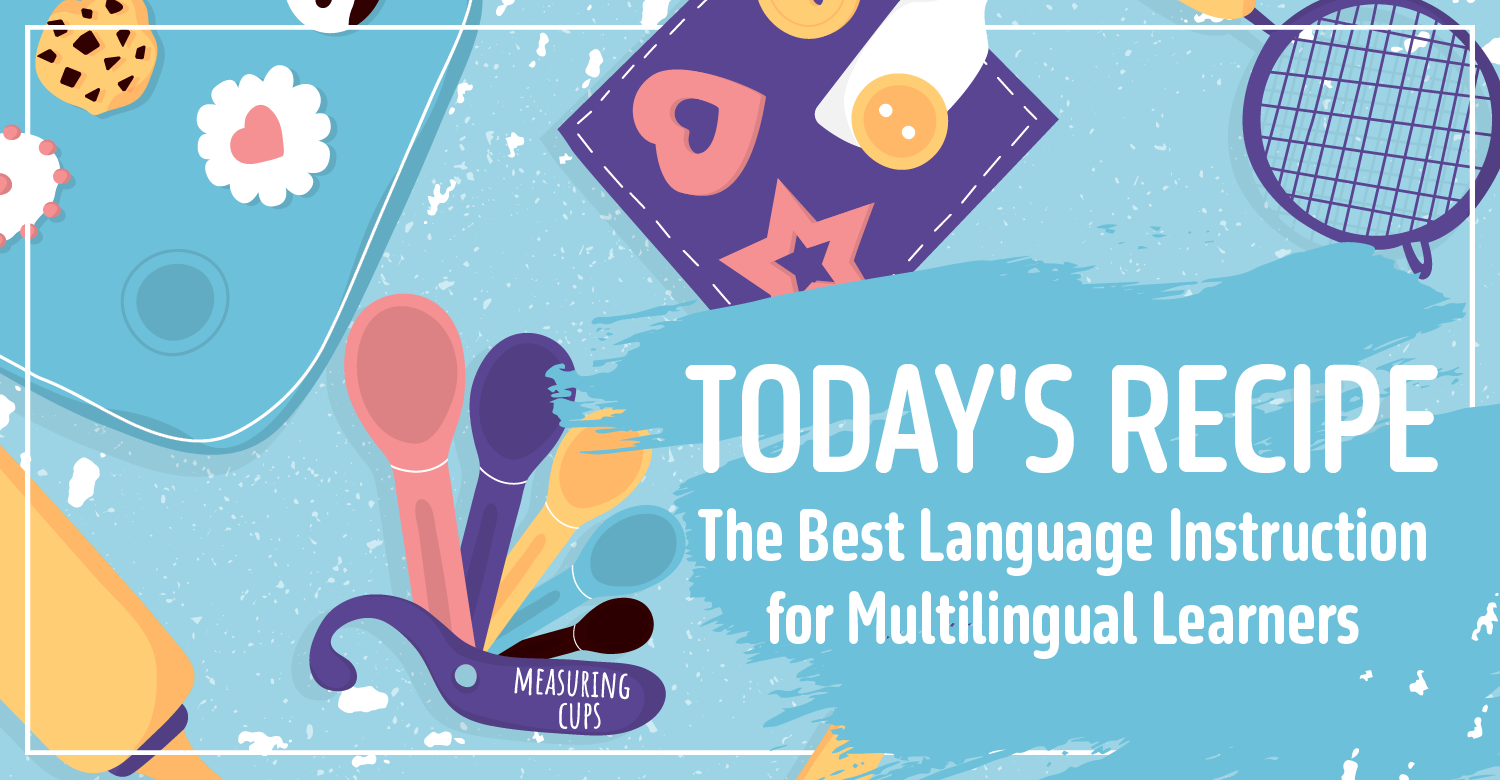Based on The Beginning Teacher’s Field Guide: Embarking on Your First Years.
Hey, new and beginning teachers, I see you and I celebrate you, because guess what? You’re still here! And that is something to be very proud of. Did you find yourself wondering if you’d make it this far? Did November hit you like a Mack truck that continued to run you over again and again and then again all through December? I get it. I remember. I’ve been there. And I’m proud of you for surviving what is notoriously known as the Disillusionment Phase (Moir, 1999) of your first year (or so) of teaching.
The Disillusionment Phase is when you might begin to question your commitment, capabilities, and perhaps even your self-worth as a beginning teacher. The good news is that any day now, you’ll probably start feeling a bit calmer and back in control of your life—both inside and outside of your classroom—than you did in the months leading up to winter break. To welcome you to this new phase, which Ellen Moir (1999) labels as the Rejuvenation Phase, I’d like to offer up some thoughts on two strategies you can implement immediately (one strategy for the classroom and one strategy related to your own self-care). Keep your momentum going with these strategies so that you slide on through to the end of the year rather than falling back into the depths of disillusionment.
Demonstrate Enthusiasm
To begin, consider one of my favorite strategies for student engagement: demonstrating enthusiasm (Marzano, 2011). I love this strategy both for its simplicity and for the fact that it doesn’t take any time or cost any money. Instead, it’s all about your demeanor. Enthusiasm refers to your excitement and passion for both the content you’re teaching as well as for your students.
If you’re excited about the day, the lesson, the activity, and/or your students themselves, there’s a good chance your students will also be excited, because our emotions tend to be contagious (Lewandowski, 2012). If you want engaged, positive, kind, enthusiastic students, start with modeling those behaviors yourself (yes, even when you’re not totally feeling it; fake it until you make it). We can probably all think back to a teacher we had who so clearly loved their job and their students that we couldn’t help but love the class and that teacher right back (which means we probably learned a few things as well).
Try this: Before you start your day with your students, take a second to get grounded and remind yourself of all the reasons why you love your job and are grateful for your students. Take that enthusiasm with you into your classroom and see if it has an impact on student engagement. (I’m betting that it will.)
Practice Kindness
For the next strategy, we’re going to focus on something you can do related to your own personal self-care: practicing kindness. The Disillusionment Phase can leave us feeling particularly low. One way to move ourselves out and away from that dip is to commit to engaging in one small act of kindness each day or each week.
This could be something you do for a student, a parent, a colleague, a friend, a family member, or yourself and could be as simple as giving a loved one a genuine compliment or contacting the family of one of your students to share a success story on behalf of the student. You could also treat yourself to a special coffee or other treat for no particular reason other than that you deserve it!
Stuck for other ideas? Here’s a few more to get you going:
- Post a sticky note on someone’s desk, door, or locker with a positive message.
- Pay for someone else’s coffee.
- Buy someone else—or yourself—a small bouquet of flowers for no particular reason.
- Engage in mindful listening when talking with someone else today. (Give him or her your full attention rather than attempting to do something else while engaged in the conversation.)
- Pass along a great book that you’ve read to someone else who might also enjoy it.
- Compliment a complete stranger.
- Put a surprise note in your partner or child’s lunch today.
- Support local businesses.
You can have your students join in on the challenge with you or you can do this entirely on your own. Either way, by sprinkling a bit more kindness out into the world, I’m confident that your entire outlook on life will improve.
And so, beginning teacher, I offer you my most sincere gratitude for choosing this noble profession and for sticking with it, even when you wondered how you would make it to the end of the day. Be proud of all you’ve already accomplished this year, and know that it gets better. I promise. Don’t forget the basics: take one day at a time, ask for support when you need it, take time for you, and be proud of yourself for changing the world, one student at a time.
For further support for beginning teachers, check out my new book, The Beginning Teacher’s Field Guide: Embarking on Your First Years, coming out in February 2018.
References:
Lewandowski, Jr., G.W. (2012). “Is a bad mood contagious?” Scientific American Mind, 23(3), 72-72.
Marzano, R. J., & Pickering, D. J. (2011). The highly engaged classroom. Bloomington, IN: Marzano Research.
Moir, E. (2011, August). Phases of first-year teaching. New Teacher Center. Accessed at https://newteachercenter.org/blog/2011/08/17/phases-of-first-year-teaching on October 18, 2017.
[author_bio id=”1258″]






